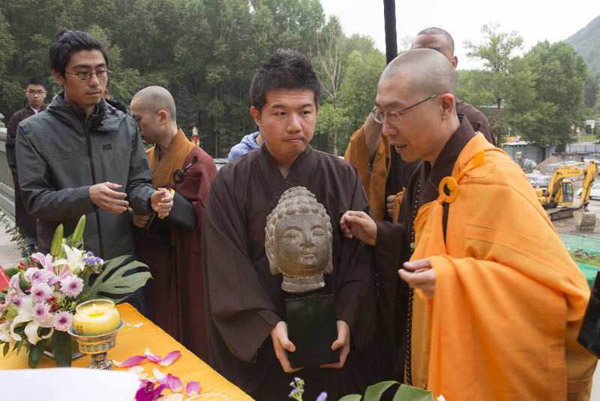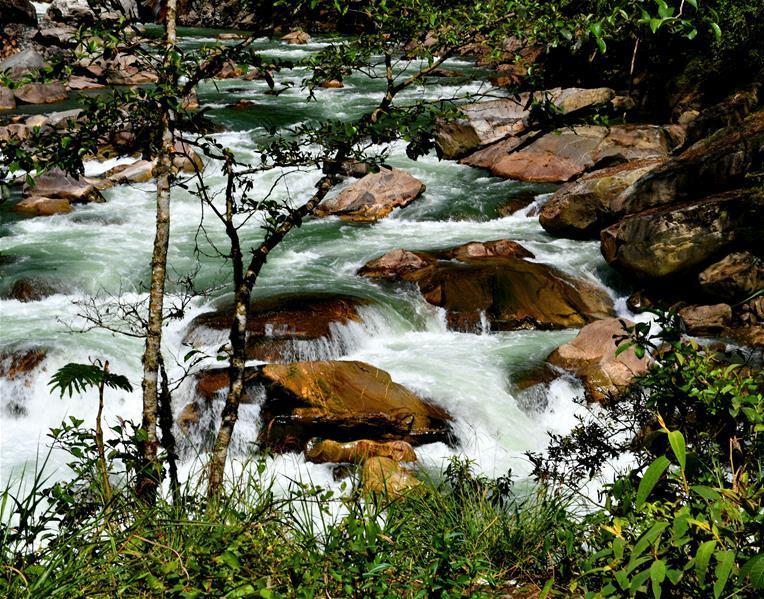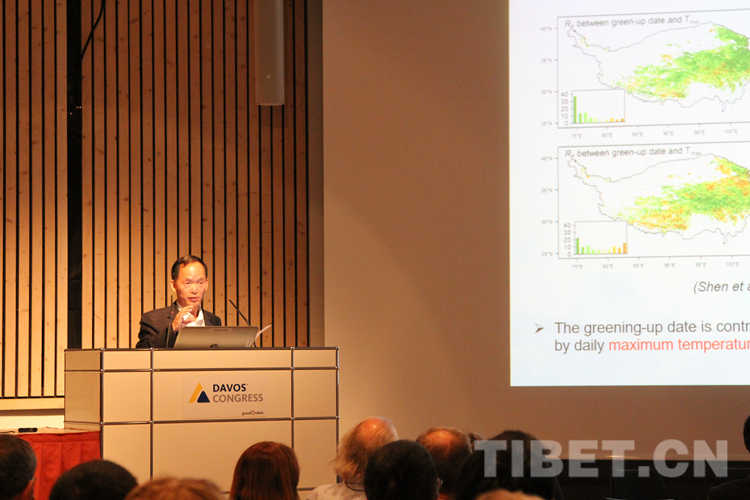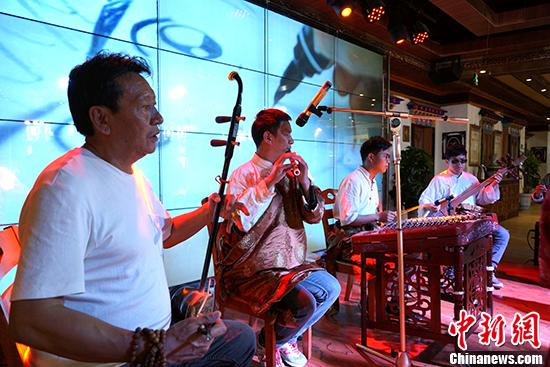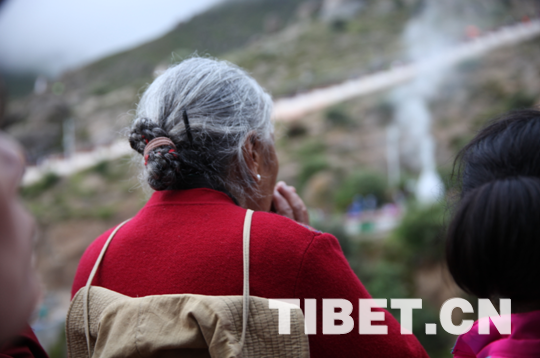Symposium held to celebrate 8th anniversary of Tibet Thangka Academy
A symposium for the eighth anniversary of the founding of the Tibet Thangka Academy was held on July 8 in Lhasa. Established in 2011 as a private, non-corporate cultural and art organization in the ancient city of Lhasa, in eight years it has developed into the most authoritative, standardized, largest, and the most influential professional platform for the preservation, inheritance, research, and exchange of thangka art in Tibet.
Norbu Serta, president of the Tibet Thangka Academy, said that whether talking about inheritance or preservation, or innovation and development of thangka, all these are inseparable from artistic talents. In order to cultivate more talents in thangka, mural art, brush, and canvas-making skills, over the past eight years, the Tibet Thangka Academy has had an average monthly expenditure of about 130,000 yuan from the intangible cultural heritage preservation fund, income from sales of thangka by masters and students, and social contributions. The Academy has used these expenditures to train more than 500 people, including unemployed youth, disabled people, and children of impoverished farmers and nomads. In addition, nearly 300 painters, paintbrush makers, and canvas makers have been trained for free, including nine painters who have earned honorary titles as graded thangka artists.
“Successfully training these artists not only solves their problem of earning incomes, it also has led to the employment of thousands of people. The percentage of people in the thangka industry who have been trained and promoted by the Tibet Thangka Academy is now 30 percent across the region’s entire thangka industy. It has also made tangible contributions to the preservation, inheritance, and development of thangka art, and has enriched the strength of Tibet’s unique cultural industries,” Norbu Serta said.
In addition to promulgating and promoting the history, artistic value, styles, and characteristics of thangka to domestic and international visitors, the Tibet Thangka Academy also actively cooperates with a number of professional exhibitions, such as annual thangka art fair held by the Tibet Autonomous Region Department of Culture and the “Charm at the Fingertips” series exhibition. At the same time, since 2015, the Tibet Thangka Academy has participated in drafting two textbooks, the Classification Standard of Tibetan Thangka, which has already been published, and the forthcoming Local Standards of Traditional Hand-Painted Thangka, both of which have been developed by the Quality Supervision Bureau and the Department of Culture of the Tibet Autonomous Region.
As for Norbu Serta himself, he is personally undertaking the restoration of dilapidated murals in the stupa hall at the Potala Palace, which are included in the permanent collection of cultural relics at the Potala Palace. He has also been elected to the Standing Committee of the Chinese People’s Political Consultative Conference (CPPCC) of the Tibet Autonomous Region and is a master of Chinese handicraft arts.
Your Comment
Name E-mailRelated News
-
-
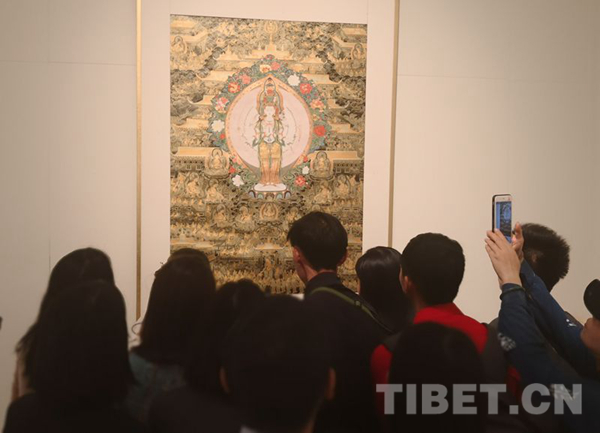
-
Thangka art exhibition opens in Shenzhen
On May 14, the Mr. Niangben Thangka Art Exhibition organized by the Shenzhen Guanshanyue Art Museum and the Qinghai Huangnan Prefecture Regong Art Academy opened at the Guanshanyue Art Museum in Shenzhen, south China.
-
-
-
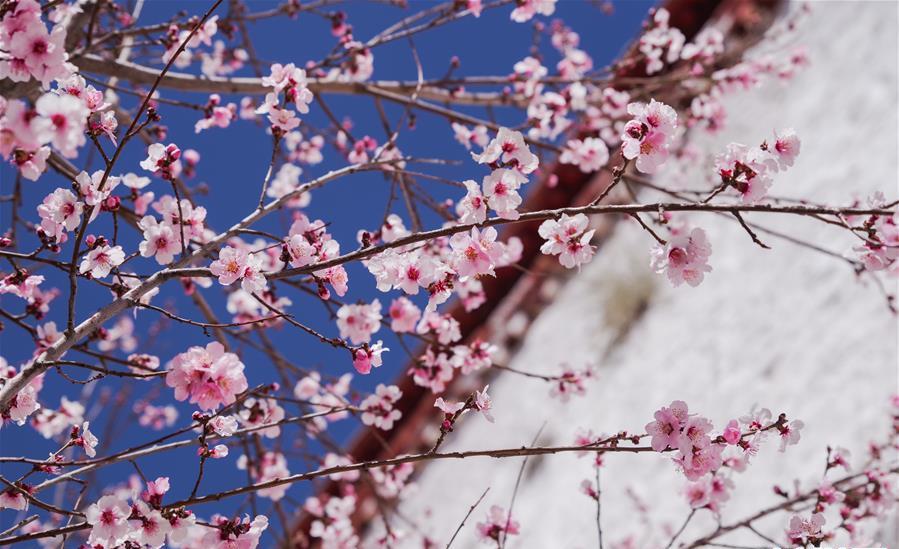
-
Historical Tibetan-language works to go digital
Ten Chinese higher-learning institutes have jointly launched a project to digitize historical Tibetan-language documents in Lhasa, capital of southwest China's Tibet Autonomous Region.
-
-
-
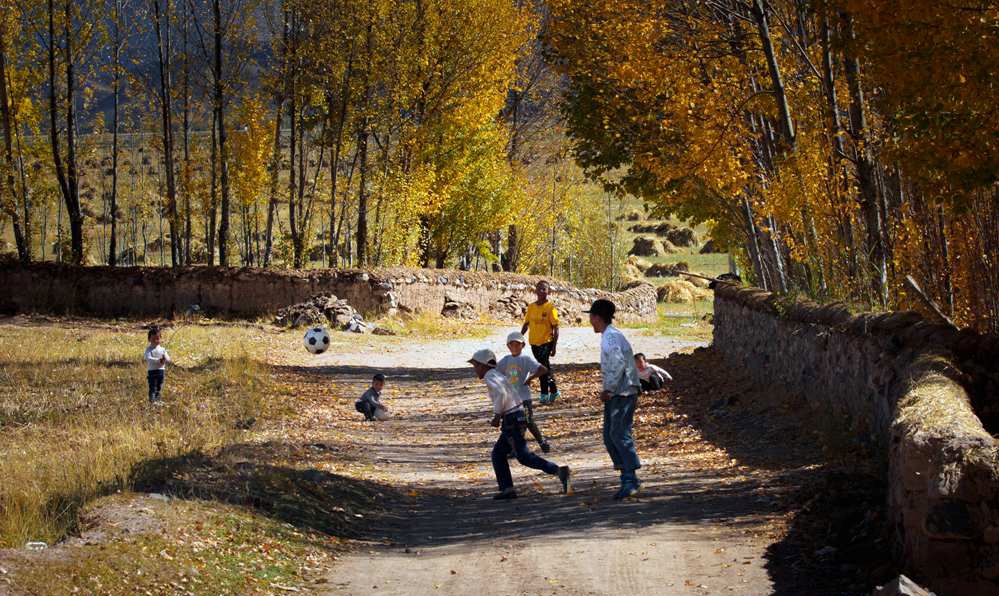
-
Tibetan commentary brings World Cup alive for Tibetan soccer fans
Tenzin Draje, a soccer fan in Lhasa, southwest China's Tibet Autonomous Region, is extremely excited to stay up late on Sunday night to watch the final of the 2018 World Cup.
-
-
-
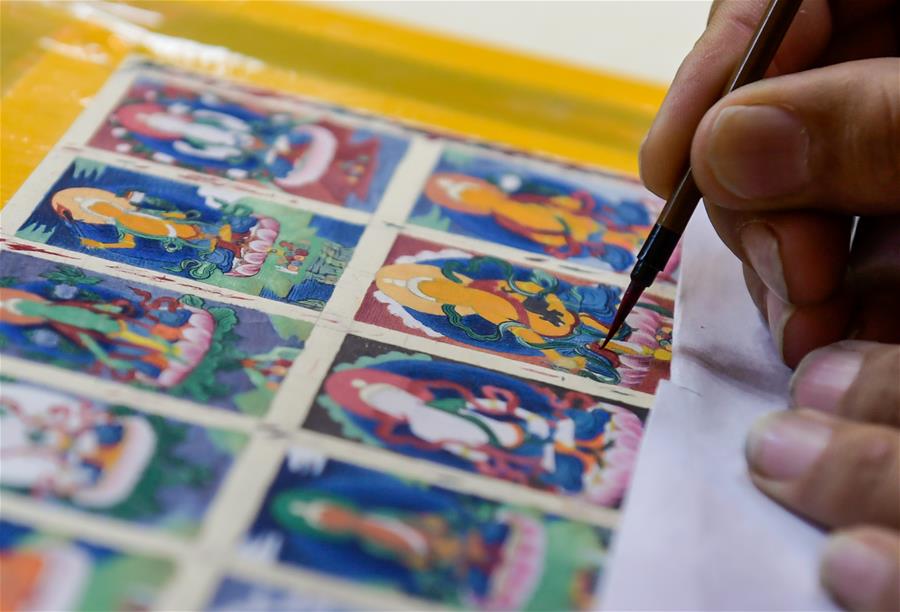
-
Tibet trains over 300 Thangka painters
An academy in southwest China's Tibet Autonomous Region has trained more than 300 painters of Thangka, a traditional Tibetan Buddhist art form.
-
-
-

-
Asiatic jackal discovered in Tibet
The discovery of the Asiatic jackal is a new record for China, adding a new member to the Chinese canine family.
-


